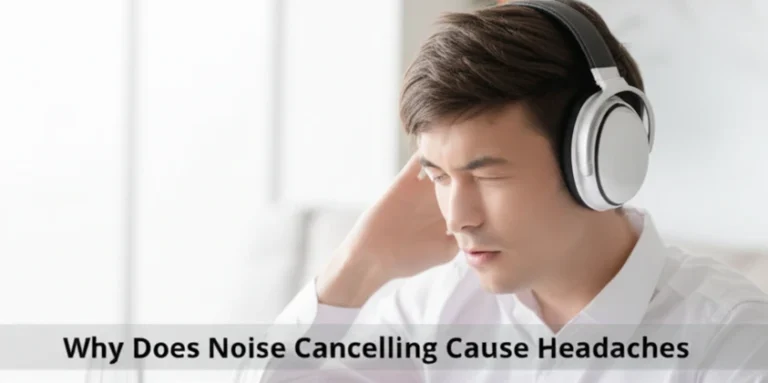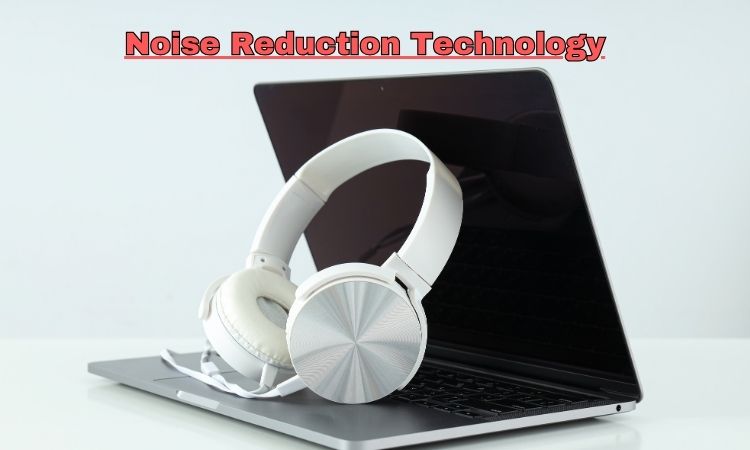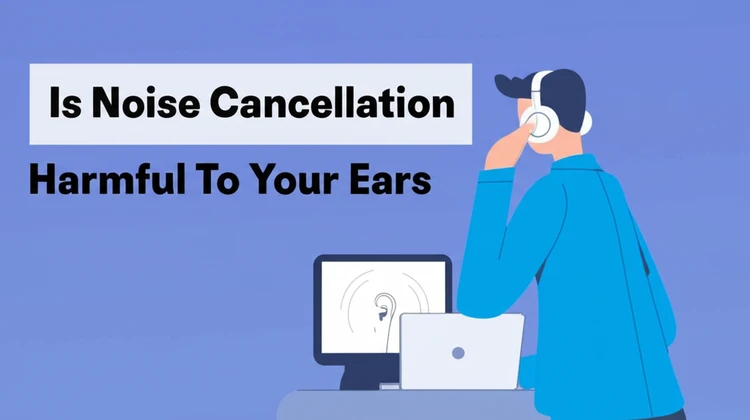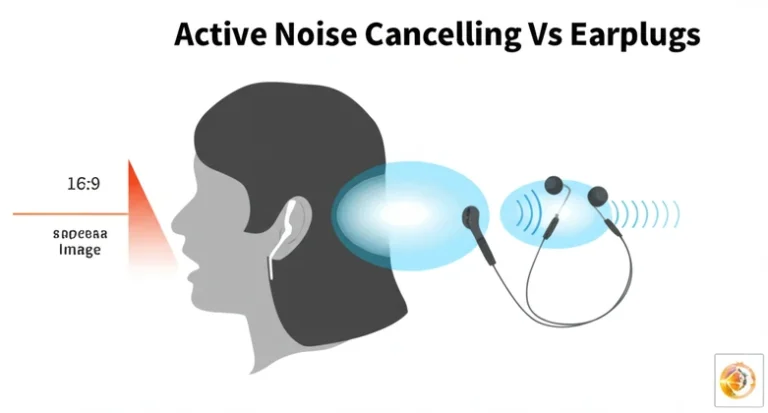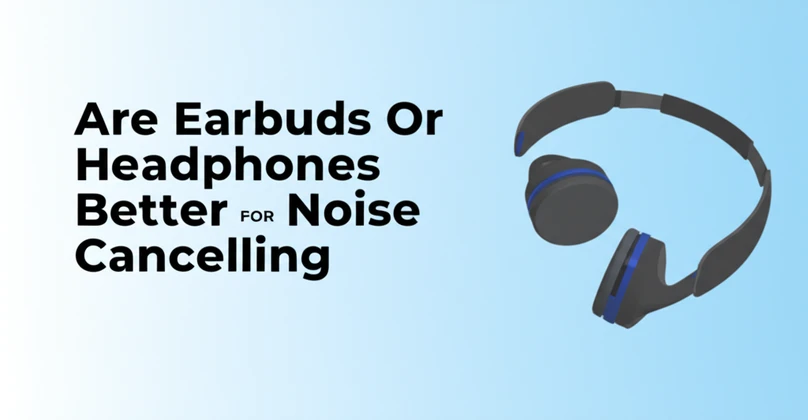
In today’s noisy world, finding peace and quiet can be a challenge. Whether it’s the constant hum of traffic, the chatter of colleagues, or the roar of an airplane engine, unwanted noise can disrupt focus, increase stress, and impact overall well-being. For those seeking refuge from the auditory chaos, noise-cancelling technology offers a welcome solution.
But with a plethora of options on the market, the question remains: are earbuds or headphones better for noise cancelling? This article delves into the intricacies of each, exploring their strengths and weaknesses to help you make an informed decision.
Why Noise Cancelling Matters
Noise cancellation isn’t merely a luxury; it’s a vital tool for enhancing mental health, boosting productivity, and improving overall comfort. Studies have shown that excessive noise can hinder concentration and focus, particularly in work or study environments.
It can also contribute to stress and anxiety due to continuous auditory stimulation. Moreover, unwanted noise can disrupt sleep patterns, leading to fatigue and reduced cognitive performance. Understanding the profound impact of noise pollution underscores the importance of choosing the right noise-cancelling device.
How Noise Cancelling Works
Active Noise Cancellation (ANC)
Active Noise Cancellation (ANC) employs sophisticated technology to counteract external sounds.
Microphones embedded in the device detect incoming noise waves. The device then generates inverse sound waves that effectively cancel out the unwanted noise. ANC is particularly effective at mitigating low-frequency sounds, such as the drone of airplane engines or the hum of air conditioning units.
However, its effectiveness diminishes with higher-frequency noises.
Passive Noise Isolation
Passive noise isolation relies on physical barriers to block sound waves. This can be achieved through the design of the earcups in headphones or the use of snug-fitting ear tips in earbuds. Materials like dense foam and well-sealed earcups create a physical barrier that attenuates external noise.
While passive isolation doesn’t electronically cancel sound, it can significantly reduce the intensity of higher-frequency sounds. Often, ANC and passive noise isolation work in tandem to provide comprehensive noise reduction.
Hybrid Active Noise Cancellation
Hybrid ANC combines the strengths of both feedforward and feedback ANC. It uses both internal and external microphones to detect and neutralize a wider range of frequencies, leading to more effective noise cancellation, especially in complex sound environments.
Key Differences Between Earbuds and Headphones for Noise Cancelling
Comfort and Fit
- Earbuds: Earbuds are lightweight and compact, making them comfortable for many users, especially during physical activity.
However, achieving a proper seal with ear tips is crucial for both comfort and effective noise isolation. Ill-fitting earbuds can cause discomfort and compromise noise-cancelling performance.
- Headphones: Over-ear headphones distribute pressure more evenly across the ears, often resulting in greater comfort for extended wear. Plush earcups and adjustable headbands contribute to a comfortable fit.
However, their larger size and weight can make them less ideal for activities like exercise or prolonged use in hot weather.
Portability
- Earbuds: Due to their compact size, earbuds reign supreme in portability. They easily slip into pockets or bags, making them perfect for commuting, travel, and on-the-go use.
- Headphones: While generally bulkier than earbuds, many headphone models offer foldable designs and come with carrying cases to enhance portability. However, they still occupy more space than earbuds.
Noise Cancelling Performance
- Earbuds: Modern earbuds, such as the Apple AirPods Pro, demonstrate remarkable ANC capabilities for their size.
However, their smaller drivers and the challenge of achieving a perfect ear canal seal can limit their effectiveness in blocking deep, low-frequency rumbling.
- Headphones: Over-ear headphones, like the Sony WH-1000XM5, generally deliver superior ANC performance due to larger drivers, better passive isolation provided by the earcups, and a more consistent seal around the ears. This allows them to effectively counteract a broader range of frequencies, including lower-frequency sounds.
Scenarios Where Each Option Excels
When to Choose Earbuds
Earbuds are the preferred choice for:
- Active Lifestyles: Their secure fit and lightweight design make them ideal for workouts, running, and other physical activities where larger headphones might feel cumbersome.
- Commuting and Travel: Their compact size and portability make earbuds convenient for use on public transport, during short commutes, and while traveling light.
- Discreet Use: Earbuds are less visually prominent than headphones, making them suitable for situations where a more understated appearance is desired.
When to Choose Headphones
Headphones excel in:
- Professional Settings: Superior noise cancellation makes headphones ideal for work-from-home setups, office environments, and online meetings, facilitating focused work and clear communication.
- Immersive Audio Experiences: Headphones typically offer a wider soundstage and richer bass response compared to earbuds, making them a better choice for enjoying music, movies, and other media.
- Long-Distance Travel: Robust ANC and enhanced comfort make headphones the preferred option for long flights or train journeys, effectively minimizing engine noise and passenger chatter.
Personal Experience: Testing Both Options
To gain a deeper understanding of real-world performance, I tested both earbuds (Apple Airpods Pro 2nd Generation) and over-ear headphones (Sony WH-1000XM5) across various scenarios:
- Busy Office: In a bustling office environment with conversations, keyboard clicks, and phone rings, the headphones significantly reduced distractions, creating a more focused workspace. The earbuds attenuated some noise but struggled with higher-pitched sounds like ringing phones and colleagues’ conversations, resulting in more audible distractions.
- Subway Commute: During a crowded subway commute, the earbuds proved more convenient and less bulky. While the headphones offered better isolation from the rumbling of the train, their larger size made them less comfortable in the confined space.
- Transatlantic Flight: On a long-haul flight, the headphones were the clear winner. They effectively suppressed the constant drone of the airplane engines and significantly reduced cabin noise, making the journey considerably more peaceful.
The earbuds, while helpful, couldn’t match the level of noise reduction provided by the headphones.
This personal experience highlights that the ideal choice depends heavily on individual needs, preferences, and the specific environment.
Factors to Consider When Choosing
Budget
- High-quality noise-cancelling earbuds, such as the AirPods Pro, can be priced similarly to mid-range noise-cancelling headphones. This makes earbuds a compelling option for those seeking portability and good value.
- Premium noise-cancelling headphones, such as the Bose 700 or Sony WH-1000XM5, typically require a larger investment but often deliver superior performance and features.
Lifestyle and Daily Use
- Consider your primary use case.
Are you constantly on the move? Do you primarily need a solution for focused work in a noisy office? Matching the device to your daily routine and environment is crucial for maximizing its benefits.
Durability and Battery Life
- Earbuds: While generally more compact and portable, earbuds may have shorter battery life than headphones.
However, their charging cases often provide multiple charges, extending their usability.
- Headphones: Headphones typically boast longer battery life, with some models offering up to 30 hours of playback on a single charge. This makes them a great choice for long journeys or extended listening sessions.
Sound Quality, Codec Support, and Microphone Performance
- Consider the overall sound quality you desire. Some headphones prioritize bass, while others aim for a more balanced sound signature.
Codec support (e.g., aptX, LDAC) can also affect the audio quality, especially for wireless models.
- If you plan to use your device for calls, microphone quality is crucial. Look for models with clear microphone performance and noise reduction features for calls.
Water Resistance
- If you anticipate using your device during workouts or in potentially wet conditions, consider its water resistance rating. Look for IPX ratings that indicate the level of protection against sweat and water.
FAQs About Noise Cancelling in Earbuds and Headphones
What’s the difference between ANC in earbuds and headphones?
While both earbuds and headphones utilize ANC technology, headphones generally offer superior performance due to larger drivers, a more effective seal around the ears (provided by the earcups), and better passive noise isolation.
These factors allow headphones to more effectively counteract a wider range of frequencies, especially lower-frequency rumbling.
Are earbuds less effective in loud environments?
Earbuds can be less effective in extremely loud environments, particularly those dominated by low-frequency noise like airplane engines or construction equipment. Their smaller size and the challenges in achieving a perfect ear canal seal limit their ability to fully counteract these deep, rumbling sounds.
Which is better for exercise: earbuds or headphones?
Earbuds are generally better suited for exercise due to their secure, lightweight design, sweat resistance, and greater stability during physical activity. Headphones can feel bulky, uncomfortable, and prone to shifting during workouts.
What are the different types of earbuds?
Earbuds come in various styles, including in-ear (which insert into the ear canal), on-ear (which rest on the outer ear), and open-ear (which sit outside the ear canal).
In-ear earbuds are most common for noise cancelling.
How does price affect noise-cancelling performance?
Generally, higher-priced noise-cancelling devices offer better performance, more advanced features (like adjustable ANC levels and transparency modes), and superior build quality. However, many affordable options provide good noise cancellation for everyday use.
Expert Tips for Enhancing Noise Cancelling
- Proper Fit: Ensure a snug and comfortable fit with earbuds (using appropriate ear tips) or headphones (adjusting the headband) to maximize noise isolation and ANC effectiveness.
- Software Updates: Keep the device’s firmware updated. Manufacturers often release updates that improve ANC performance and address bugs.
- Dual Usage: Combine your earbuds or headphones with other sound-masking techniques, such as using a white noise machine or app, for an even quieter environment.
- Cleanliness: Regularly clean your earbuds or headphones to maintain hygiene and optimal performance.
Debris buildup can affect sound quality and noise cancelling effectiveness.
Final Thoughts
The choice between earbuds and headphones for noise cancelling ultimately hinges on individual needs, priorities, and lifestyle. If portability, convenience, and a secure fit during physical activity are paramount, earbuds are likely the better option. For superior noise cancellation across a broader range of frequencies, enhanced comfort during extended wear, and a more immersive audio experience, headphones often come out on top.
Carefully evaluate your daily habits, budget, desired features, and the specific environments where you’ll be using the device to make the best decision for your needs. Don’t hesitate to try out both options if possible to experience the difference firsthand. Share your experiences and preferences in the comments below!

